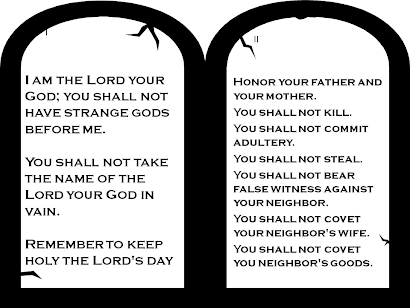Like the Jansenism that tragically found root among many, Manicheanism is a heresy. Jansenism may even be thought of, as a form
of Manicheanism. As G.K. Chesterton
explains in his biography of Saint Thomas Aquinas,
“if we wanted to put in a picturesque and simplified form what he wanted for the world, and what was his work in history, apart from the theological and theoretical definitions, we might well say that it really was to strike a blow and settle the Manichees….
“How can marriage be a sacrament if sex is a sin, or why it is the Catholics who are in favour of birth and their foes who are in favour of birth control, I will leave the critic to worry out for himself….nobody will begin to understand the Thomist philosophy, or indeed the Catholic philosophy, who does not realize that the primary and fundamental part of it is entirely the praise of Life, the praise of Being, the praise of God as the Creator of the World….[Manicheanism] is always a notion in one way or another that nature is evil; or that evil is at least rooted in nature….Sometimes it was a dualism, which made evil an equal partner with good; so that neither could be a usurper. More often it was a general idea that demons had made the material world, and if there were any good spirits, they were concerned only with the spiritual world. Later, again, it took the form of Calvinism….
“That ‘God looked on all things and saw that they were good’ contains a subtlety…. there are no bad things, but only bad uses of things….good things, like the world and the flesh have been twisted by a bad intention called the devil. But he cannot make things bad….
“like nearly every error, it had two forms, a fiercer one which was outside the Church and attacking the Church, and a subtler one, which was inside the Church and corrupting the Church….So it was, again, in the seventeenth century, when there was Calvinism outside and Jansenism inside…. it was the inmost lie of the Maniches that they identified purity with sterility. It is singularly contrasted with the language of St. Thomas, which always connects purity with fruitfulness....
“Alone upon the earth…stands up the faith of St. Thomas….vitally and vividly alone in declaring that life is a living story, with a great beginning and a great close; rooted in the primeval joy of God and finding its fruition in the final happiness of humanity; opening with the colossal chorus in which the sons of God shouted for joy, and ending in that mystical comradeship, shown in a shadowy fashion in those ancient words that move like an archaic dance; ‘For His delight is with the sons of men.’”[i]
More succinctly, Manicheanism holds that “there are two
ultimate sources of creation, the one good and the other evil. God is the creator of all that is good, and
Satan of all that is evil. Man’s spirit
is from God, the body is from the devil….Good triumphs over evil only insofar
as spirit rises superior to the body. In
practice Manicheanism denies human responsibility for the evil that one does,
on the premise that this is not due to one’s free will but to the dominance of
Satan’s power in one’s life.” As Manicheanism sees God as the creator of all that
is good and Satan as the creator of all that is evil, Manicheanism sees a sort of
partnership where Satan has charge over the world and the body while God rules
a spiritual domain. Genesis instead
tells us that God looked at EVERYTHING He had made and declared that it was
GOOD!
Before becoming pope, John Paul II prepared a
masterful book, meant to lead the Church and the world to a true appreciation
of marriage, family, and human sexuality.
John Paul II saw monumental resistance to Pope Paul VI’s 1968
encyclical, Humanae Vitae [iii], as
attributable to a resurgence of Manicheanistic thinking. People were simply failing to see the
inseparable connection between what we do with our bodies and our spirituality.
Becoming pope before his book was published, John
Paul II instead used his notes to address audiences at weekly catechetical
sessions, across a span of five years.
In 2007, Dr. Michael Waldstein published an updated and magnificent
translation of these Theology of the Body
addresses, under the title: “Man and Woman He Created Them.”
[i] G.K.
Chesterton, St. Thomas Aquinas,
Doubleday, 1956, pp. 79 – 91
[ii] John
Hardon, Pocket Catholic Dictionary,
New York: Image Books, 1986
[iii] Pope Paul VI, Humanae Vitae, Encyclical Letter on
Human Life, July 25, 1968 www.vatican.va/holy_father/paul_vi/encyclicals/documents/hf_p-vi_enc_25071968_humanae-vitae_en.html























No comments:
Post a Comment